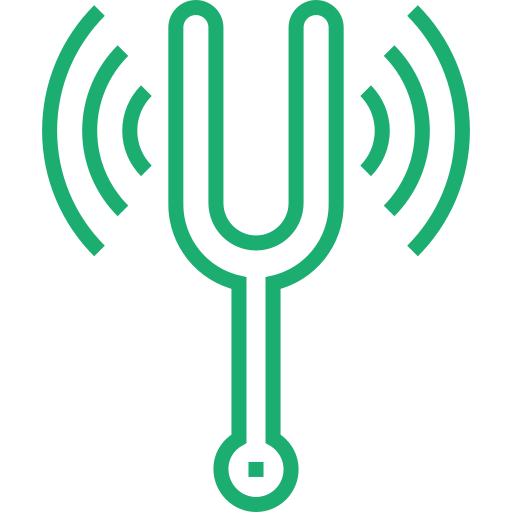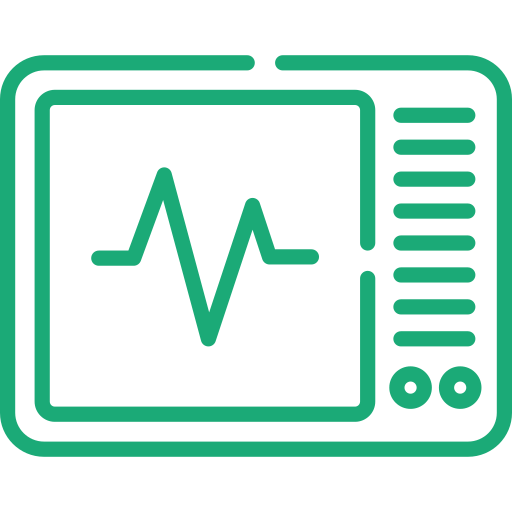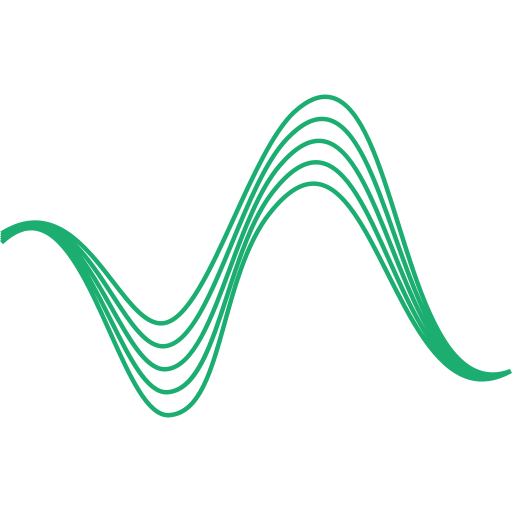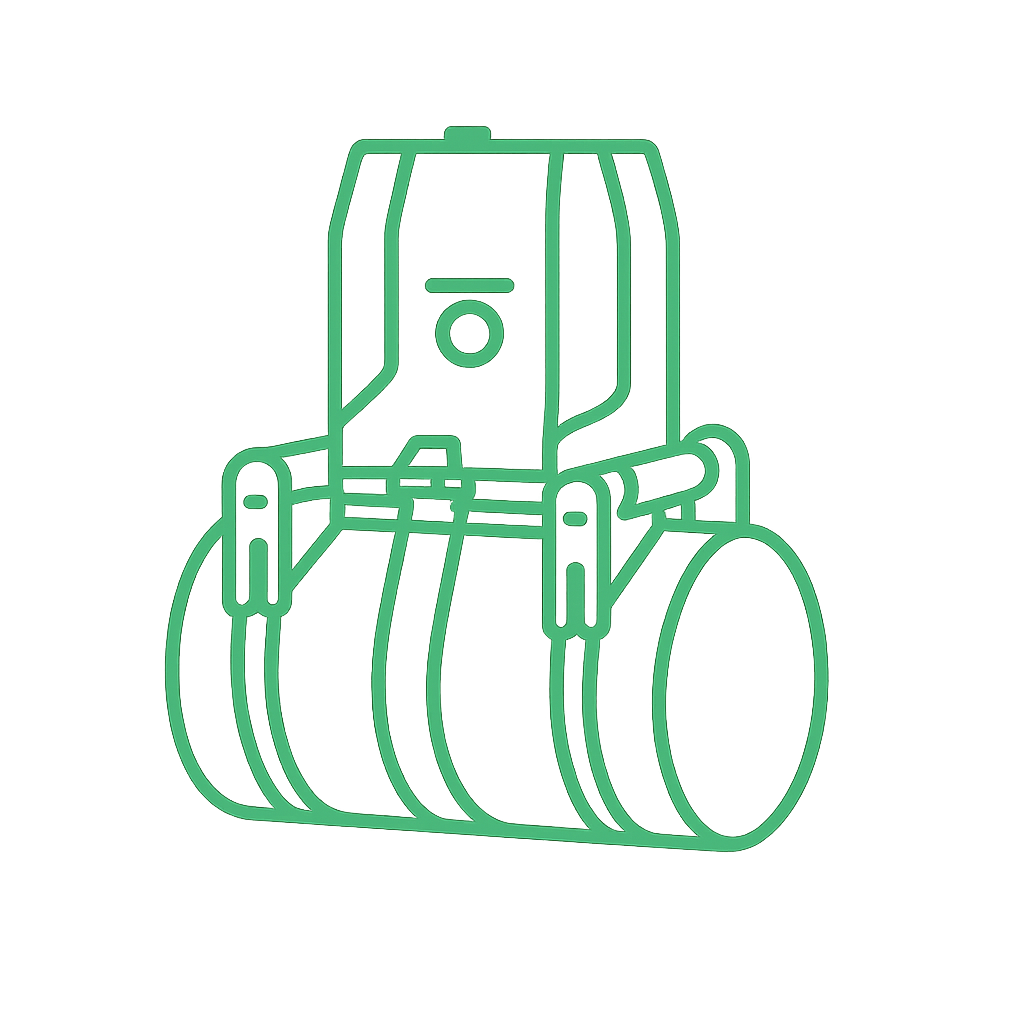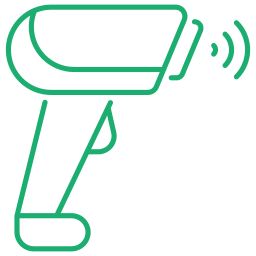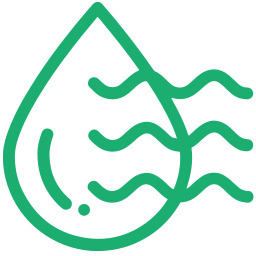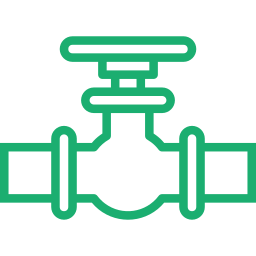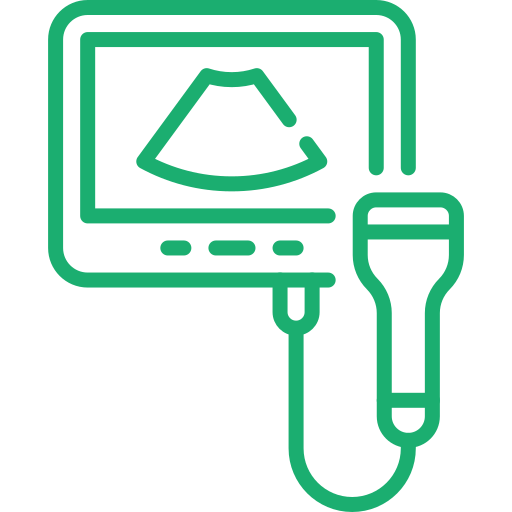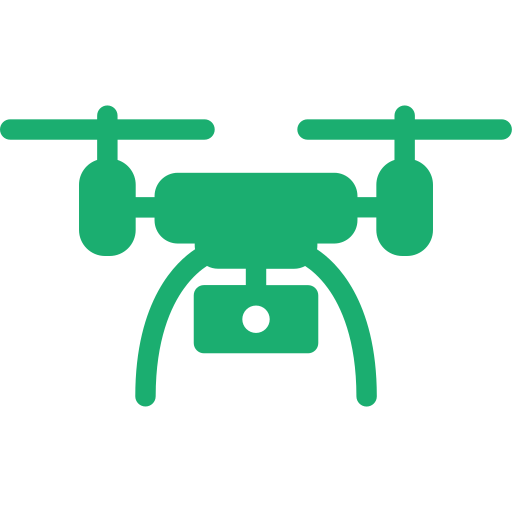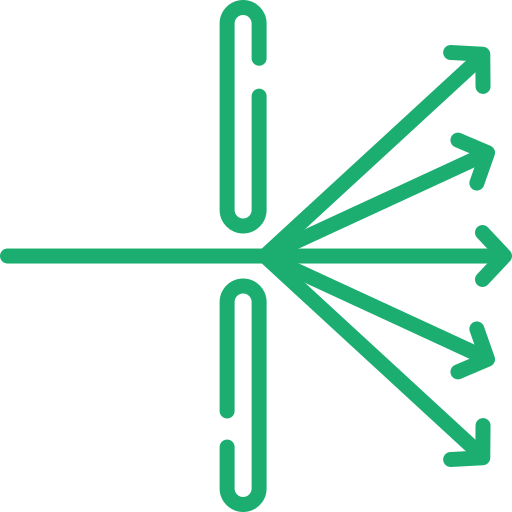Computed Radiography (CR) and Digital Radiography (DR) are two advanced non-destructive testing (NDT) techniques used for inspecting the internal structure of objects and materials. Both CR and DR involve the use of X-rays or gamma rays to create digital images of the inspected material.

BENEFITS
- Digital Images: CR produces high-quality digital images that can be enhanced, manipulated, and transmitted easily for analysis and storage.
- Flexibility: The digital format allows for various image processing techniques like contrast adjustment and image stitching.
- Reusable Plates: Phosphor plates are reusable, making CR cost-effective in the long run.
- Reduced Exposure: CR and DR systems often require less radiation exposure compared to traditional film radiography.
- Real-Time Imaging: DR systems provide real-time imaging, allowing for immediate analysis and quicker decision-making.
- Higher Sensitivity: DR detectors tend to be more sensitive, making them suitable for detecting smaller defects.
- Improved Workflow: DR systems streamline the inspection process and reduce the need for physical storage of images.
APPLICATIONS
- Aerospace: Inspection of aircraft components for cracks, voids, and defects.
- Oil and Gas: Detecting corrosion and welding integrity in pipelines and pressure vessels.
- Manufacturing: Quality control in the production of automotive parts, electronics, and metal castings. Automotive: Inspection of welds, castings, and composite materials.
- Infrastructure: Assessing the integrity of bridges, buildings, and other critical structures.
- Energy: Checking welds in power plant components, such as boilers and turbines.
